Wandering around Coimbra, Portugal, I kept slipping into quiet alleys and stumbling onto secret viewpoints that most travelers just never find. Somehow, these tucked-away corners, far from the university crowds, let you see the city’s culture in a more peaceful, personal way.
I found five hidden alleys and miradouros—each one giving me either a perfect quiet moment or a breathtaking view over Coimbra and the Mondego River.
You won’t see these gems in every travel guide. That made finding them feel special, like I’d discovered a secret. As I wandered, I came across shaded overlooks, cobblestone lanes full of stories, and scenic spots that showed me a side of Coimbra I hadn’t expected.
If you want to add something different to your Coimbra itinerary, you’ll want to hear about these hidden places.
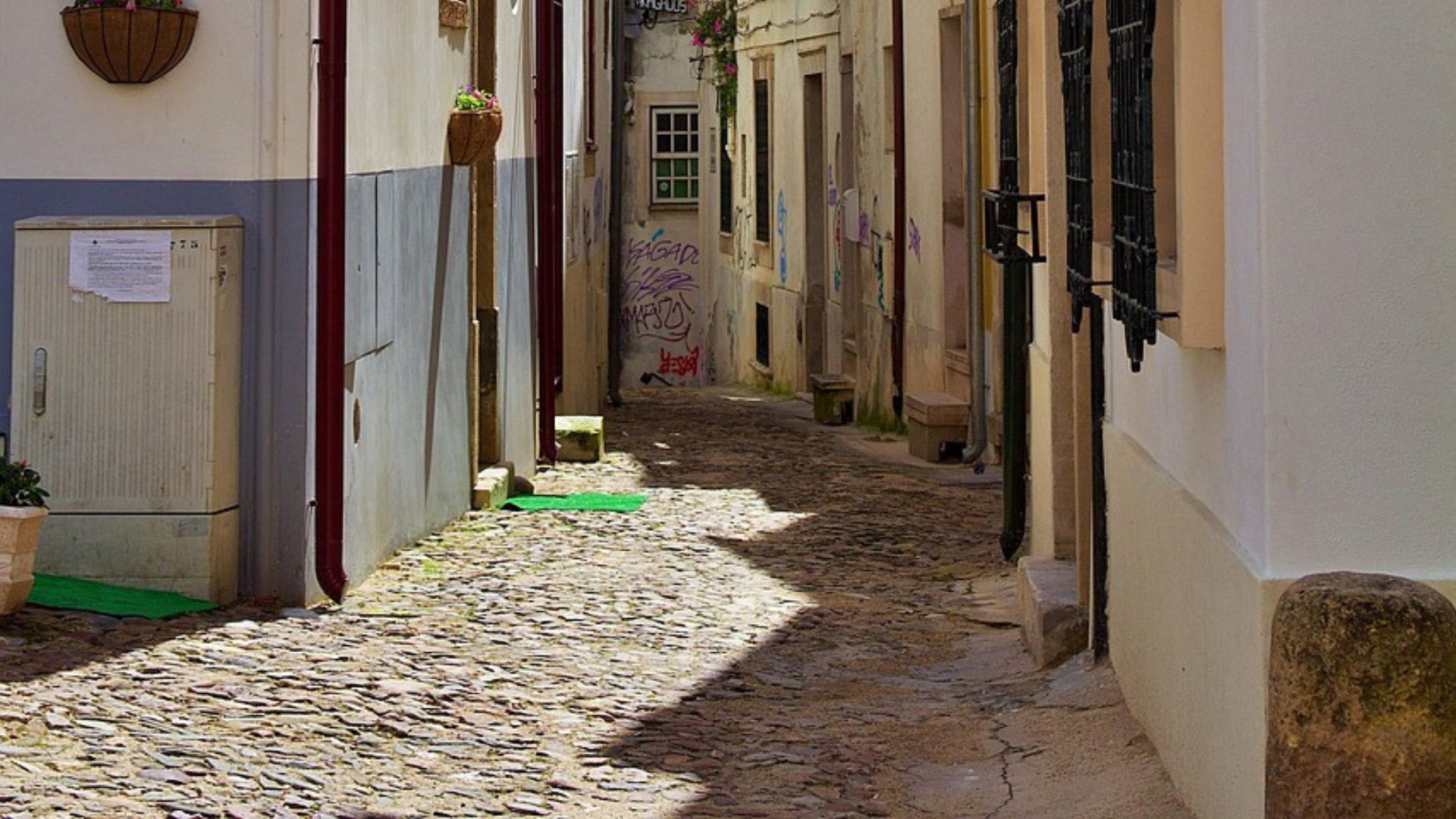
Top Hidden Alleys and Passageways in Coimbra
Coimbra tucks some of its best stories away in the narrow, twisting alleys behind its famous sites. Every passageway pulled me further from the crowds and deeper into the city’s living history.
Winding Lanes Behind the Old Cathedral
When I walked behind the Old Cathedral (Sé Velha), I slipped into a network of cobbled alleys that held Coimbra’s oldest secrets. The stone walls pressed close, some worn smooth by centuries of footsteps.
I heard my own shoes echo under the arches, making each step feel a little more connected to the city’s medieval past.
These lanes give you views up to the Romanesque façade of Sé Velha. I stopped to watch the afternoon light touch the carved stone, bringing out its age.
Windows here are decorated with Moorish tiles, a reminder of how cultures have mixed in Coimbra.
Not many people find their way into these alleys. It’s quiet—great for snapping photos, reading a plaque, or just soaking in the history.
I felt like I’d wandered into a hidden world, even though I was just steps from busy squares.

Secret Steps Near Arco de Almedina
Near the Arco de Almedina—one of my favorite gates—I nearly missed a set of steep, narrow steps tucked away from the main street. These stone steps twist between old houses, some with laundry flapping and tiny balconies filled with plants.
As I climbed, old lamp posts cast a gentle glow on the path, and the medieval arch shrank behind me. At the top, a small patio overlooked downtown’s rooftops.
The thick white walls and arches here made me think of the city’s layered history—Roman, Moorish, Christian, all mixed together.
It’s surprisingly peaceful up here, even though life buzzes below. This shortcut is a quick escape, but it keeps the past alive under your feet.
Historic Paths Close to the University of Coimbra
Close to the University of Coimbra, a UNESCO World Heritage Site, I found alleys connecting courtyards and libraries. These paths are paved with old stones, polished by students and professors over generations.
Twists and turns reveal quick glimpses of bell towers or students in black robes rushing by.
What really caught my eye were the ornate doorways and tiled fountains, each one hinting at the university’s deep roots in Portuguese culture.
The architecture mixes grand Renaissance buildings with simple stone walkways. Every detail here tells a piece of Coimbra’s academic tradition.
I wandered slowly, looking up at facades—some had Latin inscriptions, others were fringed with vines. These alleys invite you to slow down and listen, soaking up the quiet magic where education and history meet.

Miradouros With Breathtaking City and River Views
Coimbra’s hills hide little spots with wide-open views, where peaceful moments replace the city’s bustle. I found places that give you rare perspectives above the rooftops, parks, and the winding Mondego River.
These are perfect for sunsets, reading, or just soaking up the old city’s atmosphere.
Hidden Terrace Overlooking the Mondego River
I stumbled onto a terrace behind some residential buildings, just five minutes from the university campus. It’s not on most tourist maps, but locals sometimes show up with a book or a snack.
The view sweeps over the Mondego River, following its gentle curve past the city.
In late afternoon, sunlight bounces off the water and warms the old facades along the riverbanks. From here, Coimbra’s bridges look like ribbons tying the city together.
Sunsets are fantastic—orange and pink washing over the calm river. If you need a break from crowded riverfront parks, this spot has a bench and plenty of space to sit, sketch, or watch rowers drift by.
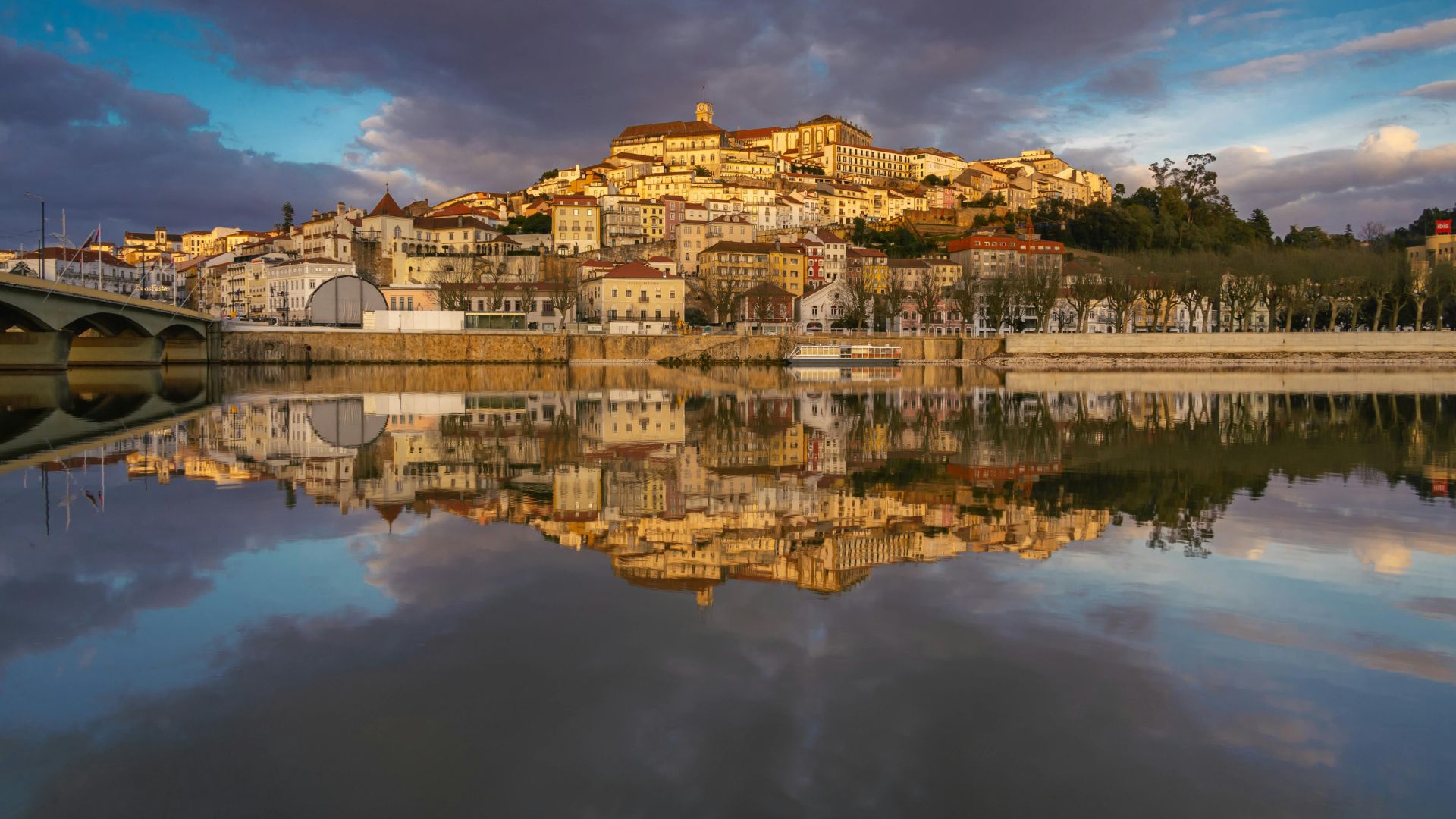
Secluded Viewpoints Near Jardim Botânico
Next to Coimbra’s Jardim Botânico, narrow stairs climb toward hidden platforms shaded by old stone walls and bamboo. I’ve lingered here on quiet mornings, listening to parakeets in the garden and catching glimpses of city rooftops through the leaves.
One perch sits right above the main garden pond. A simple stone bench faces the greenhouses and the university’s spires beyond.
In spring, sweet scents from orange trees drift up. These spots are best when the garden is quiet—maybe early afternoon or just before dusk.
If you’re into plants or just want a peaceful viewpoint, this area rewards a slow stroll and a bit of curiosity.
Quiet Perches Close to the Joanina Library
Near Biblioteca Joanina, I found a mostly hidden stairway leading to a small viewpoint. Most people focus on the famous library and skip this peaceful spot.
From here, the old city’s maze of clay rooftops stretches out, with the river shining in the distance.
It’s a perfect place to pause after exploring the library’s baroque rooms. I liked coming just before sunset, when golden light spills over the historic buildings around Praça da República.
There’s a low stone wall—great for sitting with a notebook or just watching the pastel skyline. If you want something different from the usual sightseeing, these high perches offer some of my favorite moments in Portugal.
Coimbra’s Historic Heart: Secrets Around Sé Velha and Beyond
Wandering the cobbled streets near Sé Velha, I found places most travelers miss. Between old stone walls, I stumbled onto quiet nooks where daily life and Portuguese art come together.
Alleyway Cafés and Artisanal Shops
I always end up near Sé Velha, the Old Cathedral, just as the morning sun hits its walls. Here, tiny alleys open into small squares.
Tucked into these lanes, I found cafés that barely fit three tables but serve coffee as rich as the city’s history.
My favorite—Café Santa Cruz—sits in a converted church nearby, with stained glass and soaring ceilings. Even the smaller spots, where locals gather for pastel de nata, have their own charm.
If you’re looking for something different, check out the artisanal shops hiding among the souvenir stands. I browsed shelves stacked with hand-painted tiles and linen, meeting artists who’ve worked here for decades.
Some even let me watch as they painted azulejos in classic blue and white.
Tip: Most shops open late, so it’s better to visit after seeing the Old Cathedral to catch them when they’re lively.

Hidden Sculptures and Azulejos
On a quiet walk behind the cathedral, I found a courtyard dotted with small sculptures—each with a plaque telling its own story. These artworks add a layer to Coimbra’s heritage, celebrating Portugal’s past and present.
I also noticed walls covered in bright azulejos, sometimes hidden behind vines or tucked around corners. Some azulejos tell biblical stories, while others show local life—students in black cloaks, old men playing chess, or ancient city scenes.
What struck me most was how easy it is to miss these treasures if you rush by. Taking it slow, I spotted tiny tiles in alleyways, showing everyday moments that felt special.
If you love Portuguese art, bring a camera or sketchbook—the details here are worth capturing.
Exploring Quiet Corners of the University of Coimbra
Some of my best moments in Coimbra happened while quietly wandering places most tourists skip. Among baroque facades and the buzz of student life, I found hidden spaces for reflection, city views, and a real sense of history.
Sala dos Capelos Exteriors
When I stepped outside the grand Sala dos Capelos, calm washed over me. This area, just behind the University’s ceremonial heart, feels much quieter than the busy courtyard out front.
The historic stone walls and rooflines frame some amazing city views.
If you come in the morning or late afternoon, you’ll often find this space almost empty. I enjoyed listening to the city sounds drifting up while tracing my hand over stone worn smooth by centuries of graduates.
This is the oldest part of the university, and you really feel the tradition here.
For photography, these exteriors give you a chance to capture the Renaissance architecture with almost no interruptions. The peace here stands in contrast to the crowded main square during student festivals like Queima das Fitas.
Quick Tips:
- Best Time to Visit: Early evening for soft sunlight
- Photo Spot: Looking northeast toward the river
- Atmosphere: Reflective, scholarly, historic
Capela de São Miguel Courtyard
Next to the ornate Capela de São Miguel, I found a quiet courtyard that became one of my favorite discoveries in Coimbra. The chapel itself is a baroque masterpiece, but stepping outside into its small court is where I felt the passage of time most.
Tour groups usually miss this spot. I’d sit on the old benches in the shade, listening to birds and distant bells.
The tiled walls here are worth a close look—tiny details tell stories from centuries ago.
In spring, this space feels especially peaceful, hidden from the student celebrations nearby. It’s a perfect place to pause after exploring the chapel and let the art and history settle in.
What to Notice:
- Tiles with religious motifs
- Ornate wooden doors
- Seasonal flowers and greenery
University Tower’s Less-Traveled Paths
Most people climb the University Tower for the view, but I found that the narrow paths around its base have their own charm. Away from the crowds, I wandered lanes twisting between university buildings.
Here, the sound shifts—my footsteps echoed, broken now and then by a student hurrying past. The old steps and arches felt both ancient and alive, reminding me of Coimbra’s blend of tradition and modern life.
As a World Heritage Site, this whole area holds stories from nearly a thousand years of learning. I’d suggest coming early in the morning, before the heat, to catch golden sunlight splashing across the rooftops.
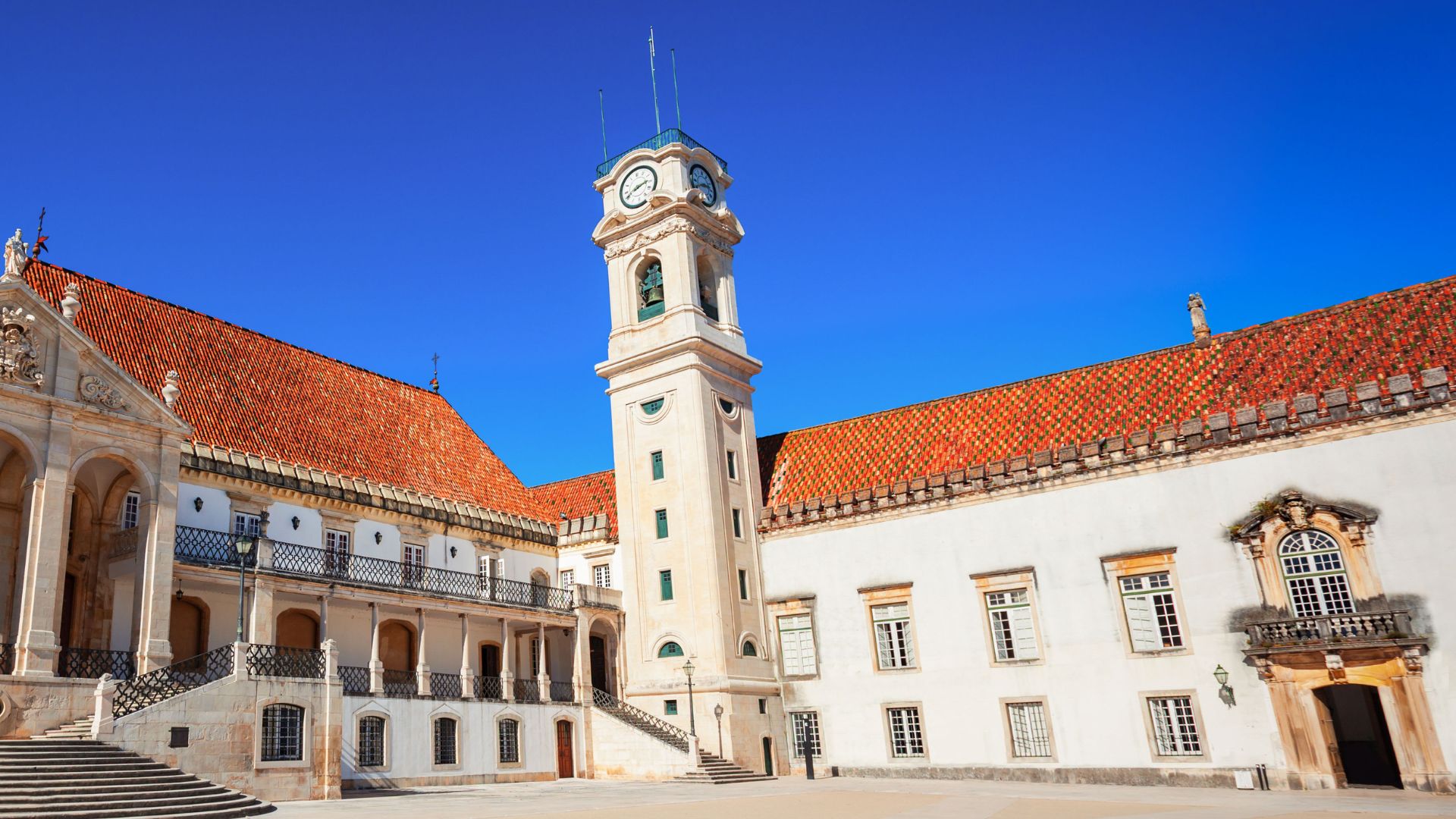
Don’t Miss:
- Hidden graffiti from past student festivals
- Views toward the Mondego River
- Architectural details from Moorish and baroque styles
Romantic Spots and Scenic Hideaways: Beyond the City’s Center
Coimbra isn’t just about historic buildings and lively student streets. If you step away from the busy center, you’ll find surprising places for quiet moments, peaceful walks, or catching a stunning sunset.
A few leafy alleys and secret viewpoints reveal a softer, more romantic side of this old city.
Quinta das Lágrimas Garden Paths
I wandered among the trees and gardens of Quinta das Lágrimas, and honestly, I started to get why this place feels so woven into Coimbra’s legends. The gardens connect deeply to the tragic love story of Pedro and Inês, a romance that left its mark on Portuguese history.
When I walked beneath stone archways, I felt this strange mix of beauty and sadness. Shaded paths took me to hidden fountains and small ponds, including the “Fonte dos Amores” (Fountain of Love).
Old cedars spread over benches, inviting anyone to pause and watch the light shift through the leaves. You don’t have to be a couple to enjoy it—anyone can soak up the quiet and the sense of history here.
Sunsets here come on gentle and golden, perfect for photos or a quiet talk.
Tip: Try to get here early or late in the day. You’ll dodge the crowds and catch the best light for pictures.
Santa Clara-a-Velha Monastery Walkways
The ruins of Santa Clara-a-Velha Monastery stand by the river, and wandering those stone paths put me right into a story. Old arches and restored cloisters open up to the sky.
I like walking here in the early evening, when the light glows and shadows play across the ancient walls. You can stroll beside quiet gardens edged with wildflowers, following the same simple walkways medieval nuns once used.
The place has this unique charm—a real mix of culture and faded grandeur. From the monastery, unexpected views of Coimbra pop up, with the river bending nearby and the skyline behind it.
Pro tip: Pack a snack or a bottle of water. There are peaceful spots to rest, but shops aren’t close.
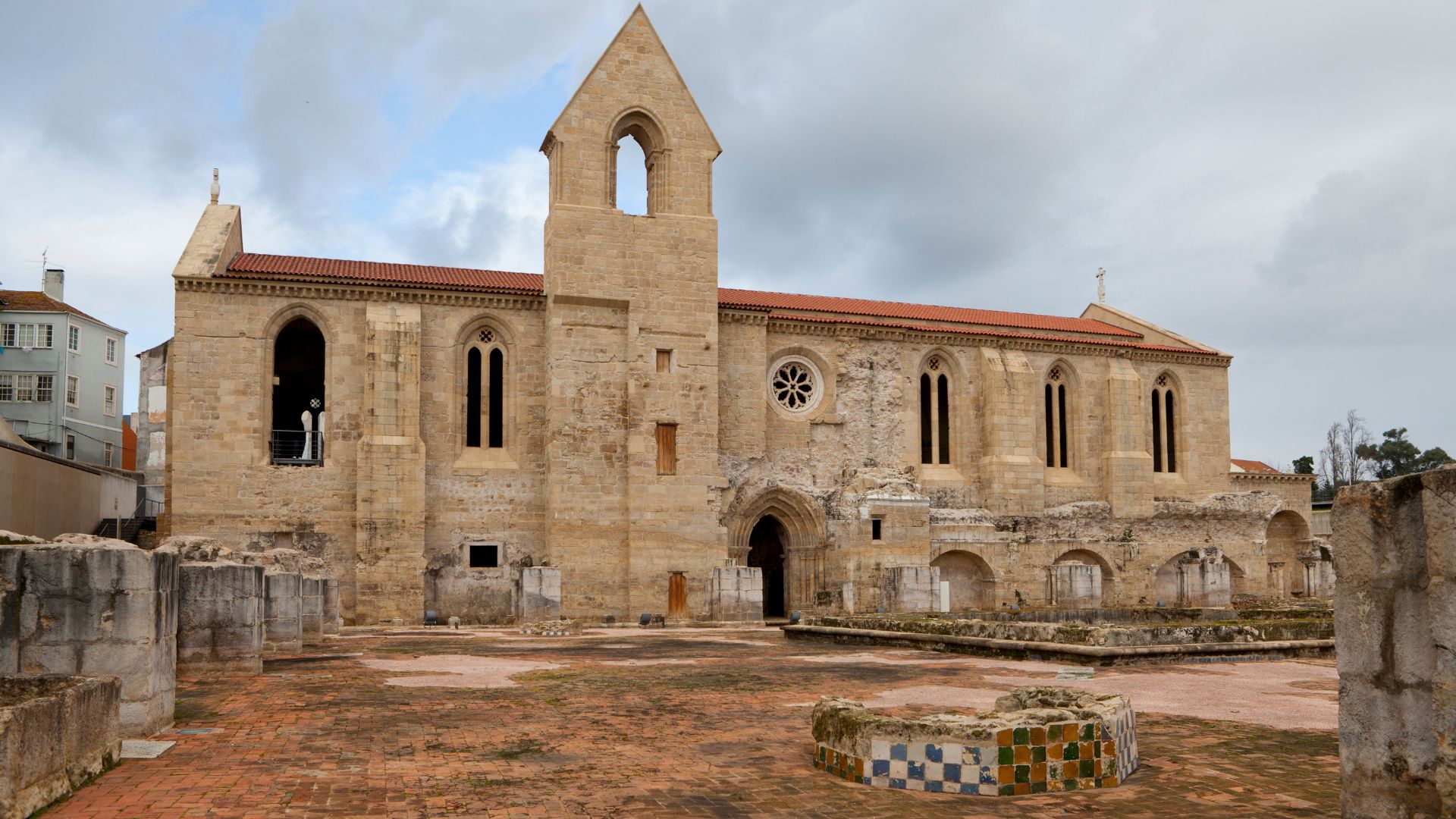
Riverside Promenades and Lesser-Known Parks
Coimbra’s riverside promenades, away from the main avenues, feel quieter and much greener. I liked walking along the Mondego, where bike paths and trails slip under weeping willows and past half-wild meadows.
These walkways tie together small, lesser-known parks, each with its own vibe. Parque Verde do Mondego sprawls big, but if you visit early or late, it’s calm and almost made for silent wandering or slow conversation.
Farther out, I found tiny parks tucked behind neighborhood cafés, with simple benches and crisp air. Sometimes it felt like I’d stumbled onto a secret spot locals want to keep for themselves.
Highlights for Couples:
- Evening reflections on the river
- Watching rowers glide by
- Quiet picnic spots beneath fig and olive trees
These peaceful corners make a lovely escape from city life, especially if you’re after your own little piece of Coimbra at sunset.
Cultural Discoveries Along Coimbra’s Hidden Routes
Coimbra’s small streets always seem to surprise me with their layers of history, music, and old Portugal peeking through. When I wander past the busy squares, I find quieter corners full of cultural stories and experiences.
Fado Music in Intimate Venues
Down narrow alleys near the Santa Cruz Monastery, I’ve stumbled onto tiny venues where Coimbra’s unique Fado still lives. The Coimbra style is gentler than Lisbon’s, usually sung by students in dark capes.
These singers often perform in candlelit rooms, just a guitar and a handful of listeners—it feels surprisingly personal. I once ducked into a little café behind the Bishop’s Palace and honestly, the emotion in every note caught me off guard.
Student singers, tied to the city’s university traditions, share Coimbra’s stories through their songs. It’s not just music—it’s the city’s voice after dark.
If you’re visiting, here are a few of the most authentic places:
| Venue Name | Location Near | Fado Nights |
|---|---|---|
| À Capella | Santa Cruz Monastery | Thu, Sat |
| Fado ao Centro | Rua do Quebra Costas | Daily |
| Café Santa Cruz | Praça 8 de Maio | Sun |
You’ll probably leave feeling like you understand Coimbra just a little bit better.
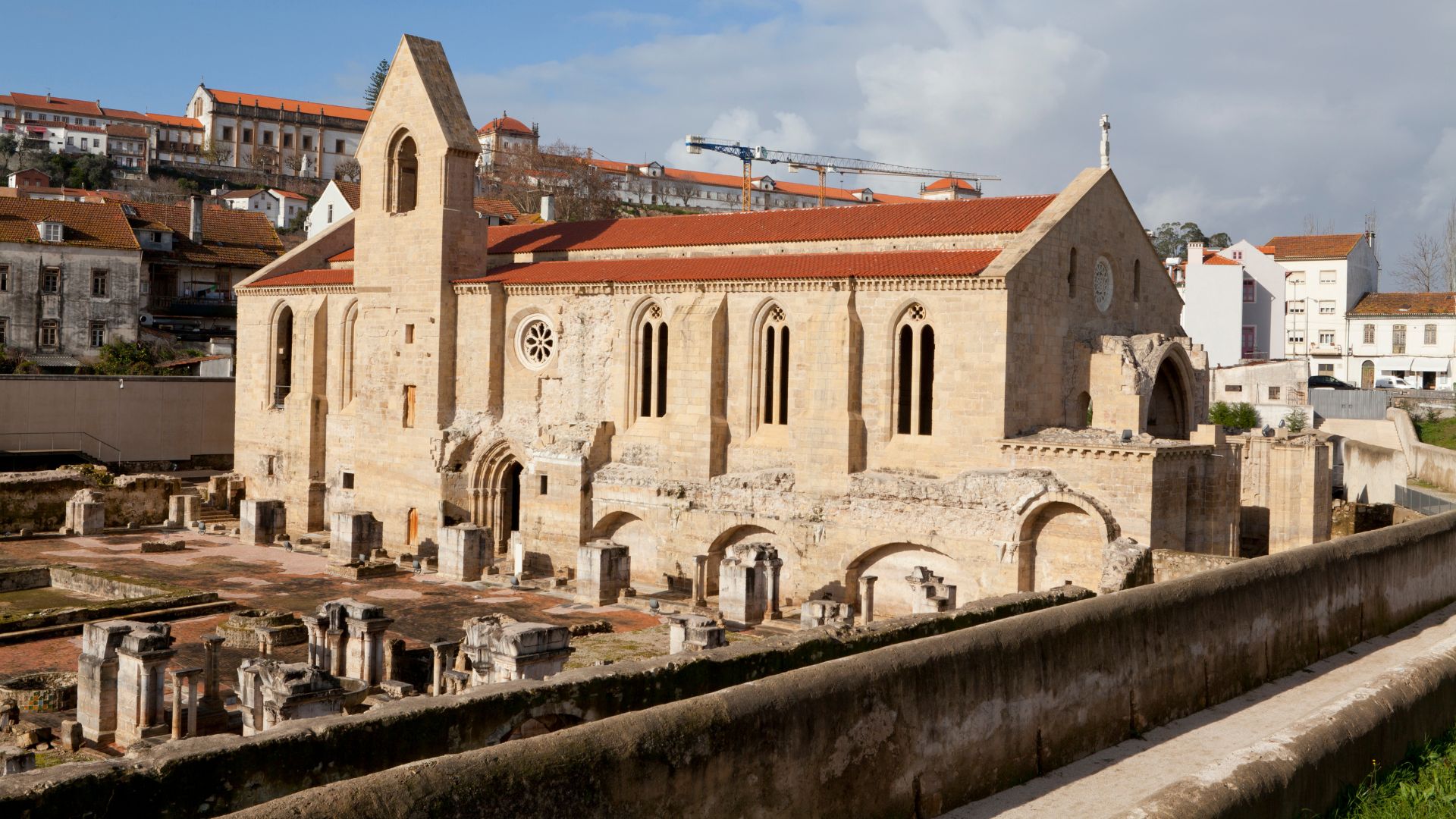
Tracing Historical Influences Around the City
Every time I wander through Coimbra’s alleys, I stumble across reminders of the city’s long, rich heritage. The stories seem to start at places like Santa Cruz Monastery, but then they just keep popping up—etched into the stone walls of the Bishop’s Palace.
You can really feel Portugal’s deep religious and royal past around every corner. On those quiet morning walks, I’ll notice a bit of tilework or maybe a tucked-away statue. These little things whisper stories of centuries-old influences, and honestly, they make me pause.
Portugal dos Pequenitos park sits by the river, kind of hidden away. It’s not just a spot for kids, though—those quirky little models actually show off the country’s different regions and even its colonial history.
I can’t help but think about how many cultures have left their fingerprints on Coimbra. Even in narrow passageways, the architecture tells you about layers of change and rulers who once called the shots here.
When I slow down and really look, I feel like I’m finally getting a glimpse of Coimbra’s real character. There’s this quiet mix of old legends, faded grandeur, and everyday life, all shaped by so many different hands over the years.

